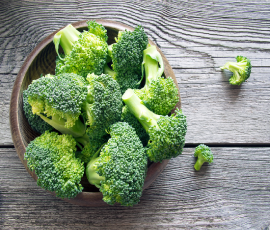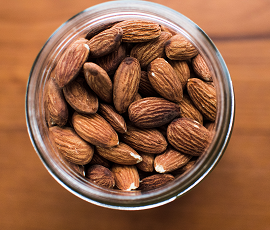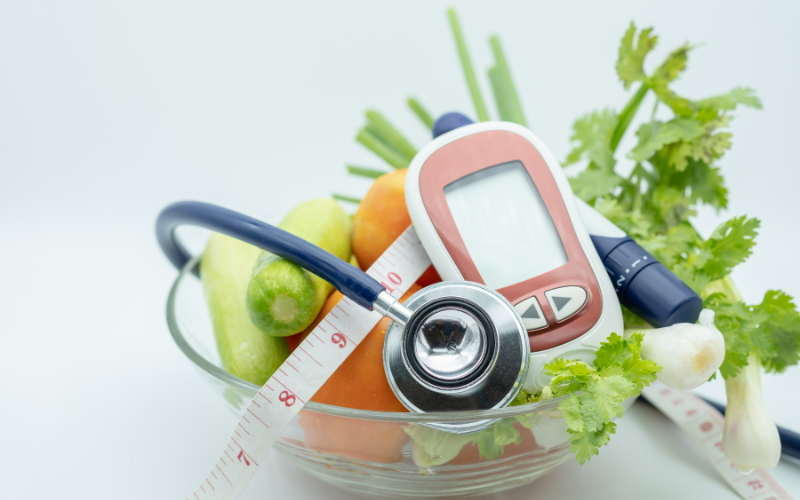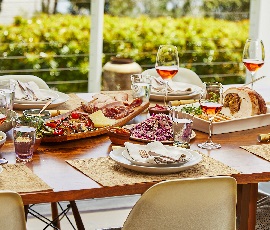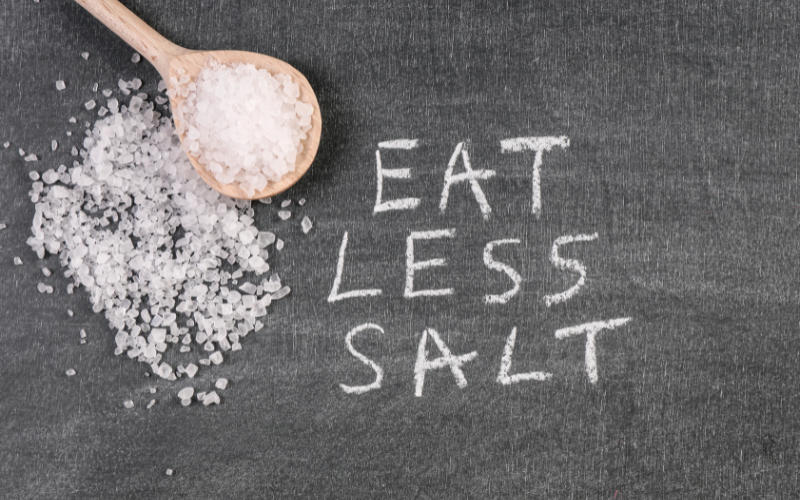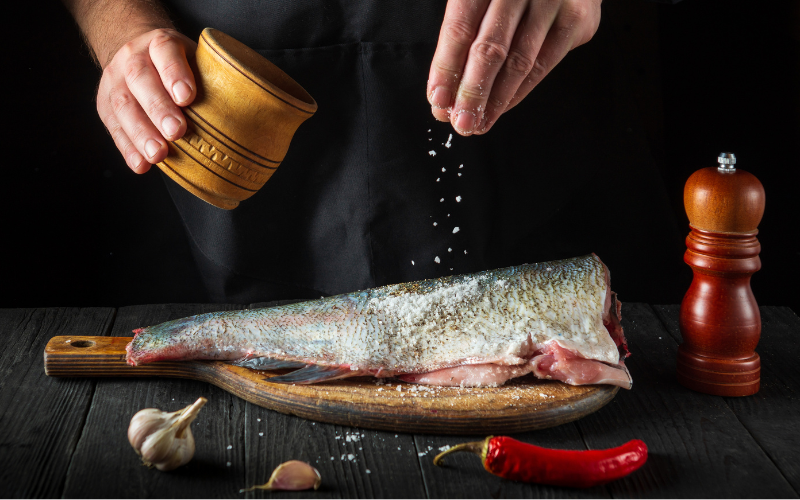Zoe Bingley-Pullin: Top that - 10 meal toppers to supercharge your diet
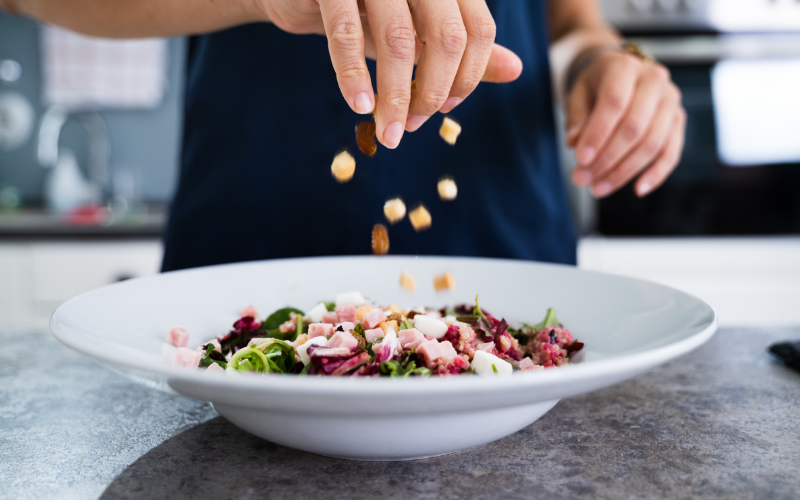
We’re all busy and sometimes don’t have time to fully prep and cook all our own meals. And even if we do, we can run out of ideas for how to make them both appealing and healthy too. But if you’re after a short-cut to achieving a higher nutrient hit for the meals you do eat (whether bought or home-made), I’ve got a secret to share with you. Toppers.
If you haven’t yet embraced soup and salad toppings as a way of adding extra nutrients to improve health, this article will help. If you have, then I’m here to give you some extra inspiration.
What is a topper and what should you use it on?
A topper can be a simple one-ingredient addition to a meal, or it can be a prepared mix of several ingredients. It’s entirely up to your own creativity and what you have available to you at the time. I’ve gone with the use of the word topper, but let’s not limit ourselves – it could be called a garnish, booster or an add-on, and it could be used on top, underneath or beside the main meal.
Soup and salad toppers are the most obvious types, but if you get into the mindset of a gourmet chef, you’ll find yourself working toppers into almost any meal… A sprinkle on your meats and fish, pastas, bakes, egg dishes and even your breakfast cereal or avocado toast!
Why bother topping a meal with anything?
Well, it’s all about supercharging your diet with the key ingredients your body needs to fuel optimum health. Your base diet may be just fine and meet many of the nutritional requirements, but a little topping boost can help you to up-dose on things like fibre, healthy fats, antioxidants, specific vitamins or minerals, and phytonutrients. Plus a meal, soup or salad topper can make your food look pretty, be more appetising, add a textural layer, and take the taste to a new level.
Top 10 nutritious toppers
- Nuts – crushed, slithered, roasted or ground, they’re all good and will add a bit of crunch and some healthy fats, vitamins and fibre too. Almonds, Brazil nuts, walnuts, macadamias and pine nuts all make good choices.
- Seeds – perfect if need to avoid nuts (such as for school lunchboxes or an allergy), try them sprinkled on yoghurt, porridge, avocado for breakfast; on salads or soup; on top of dips or mixed into smoothies. So versatile and a great source of healthy fats and fibre. Give pepitas, sunflower seeds, chia, sesame or poppy seeds a go.
- Beans – high in fibre and protein. Try chickpeas, black beans, kidney beans, butter beans or edamame.
- Vegetables – healthy of course and colourful too, why not add some corn kernels, diced tomatoes, onions, carrots, mushrooms or capsicums? Also bitter greens such as rocket, cress, kale, spinach, mustard greens are bursting with antioxidants and phytonutrients to up the ante of your meal. Don’t let this list limit you – add anything you like!
- Herbs, sprouts & microgreens – all punch above their weight for phytonutrients and antioxidants. They also add flavour and aroma to a dish. Best added to hot dishes after the cooking has finished and the food has been taken off the heat (so as not to destroy the fragile nutrients). Some choices are parsley, basil, mint, coriander, rosemary, oregano, sage, shoots, alfalfa sprouts, broccoli sprouts, radish sprouts and mung beans.
- Spices – can fight inflammation, speed up your metabolism and boost your immune system. Try cinnamon, turmeric, garlic, ginger, paprika, cumin, cloves, cardamom, nutmeg or saffron. Make your own dukkah (Egyptian blend of warming spices with crushed seeds and nuts) – it’s so versatile and can be sprinkled on meats, vegetables, soup or used for dipping with bread and oil.
- Fruit – dried or fresh are both good options. Think sultanas, cranberries, pomegranate seeds, olives, orange segments, figs, coconut chips or get creative with slithers of mango, peach, cherries or berries, a squeeze of lemon or lime.
- Seaweed – is high in iodine, which is a nutrient many people are deficient in. Seaweeds are also low in calories, add a tasty umami flavour and offer a good source of B vitamins, calcium, magnesium and antioxidants. Visit your local health food store to stock up on wakame, kombu, nori, kelp, dulse or others sprinkled as dried flakes to top salads or veges.
- Sauerkraut and kimchi – fermented foods are wonderful gut health boosters, ideally we would eat a little with each meal. Start with just a teaspoon if you’re unsure of the taste. Best added to cold foods or used as a side dish, as hot foods can kill the good bacteria.
- Chilli sprinkles – fresh or dried, chilli or cayenne pepper will add colour, flavour and a healthy heat boost.
The potential pitfalls of toppers
The key thing to be aware of is that meal, soup and salad toppings can add extra calories to your dish. If you’re strictly counting calories on a weight loss program, you need to be careful to account for the additional calories in your toppers. A topper is meant to be a small serving over a meal, rather than the main event itself so exercise some restraint with portion size. This is especially true for nuts and seeds that contain good doses of healthy fats, whereas you can afford to be more liberal with veges, greens, herbs and spices that are very low in calories.
Topper Recipe: Pistachio Salsa Verde
If you’re looking for a wonderful nutrient-packed soup topper recipe, try my Pistachio Salsa Verde. I’ve teamed it here with Raw Spicy Avocado Soup, but you can use this green herb dressing with fish, chicken, frittata, salads, roasted veges or just about anything. Make a bigger batch and freeze the rest for later use.

Ingredients
2 tablespoons pepitas, crushed
2 tablespoons pistachios, crushed
½ cup fresh coriander, washed, stems removed, finely chopped
1 tablespoon lemon zest
1 garlic glove crushed
Sea salt and pepper to taste
Method
Place all of the ingredients in a bowl and mix.
Use as a soup topper, salad topper, as a dip or as a side dish to supercharge your meal and improve health.

